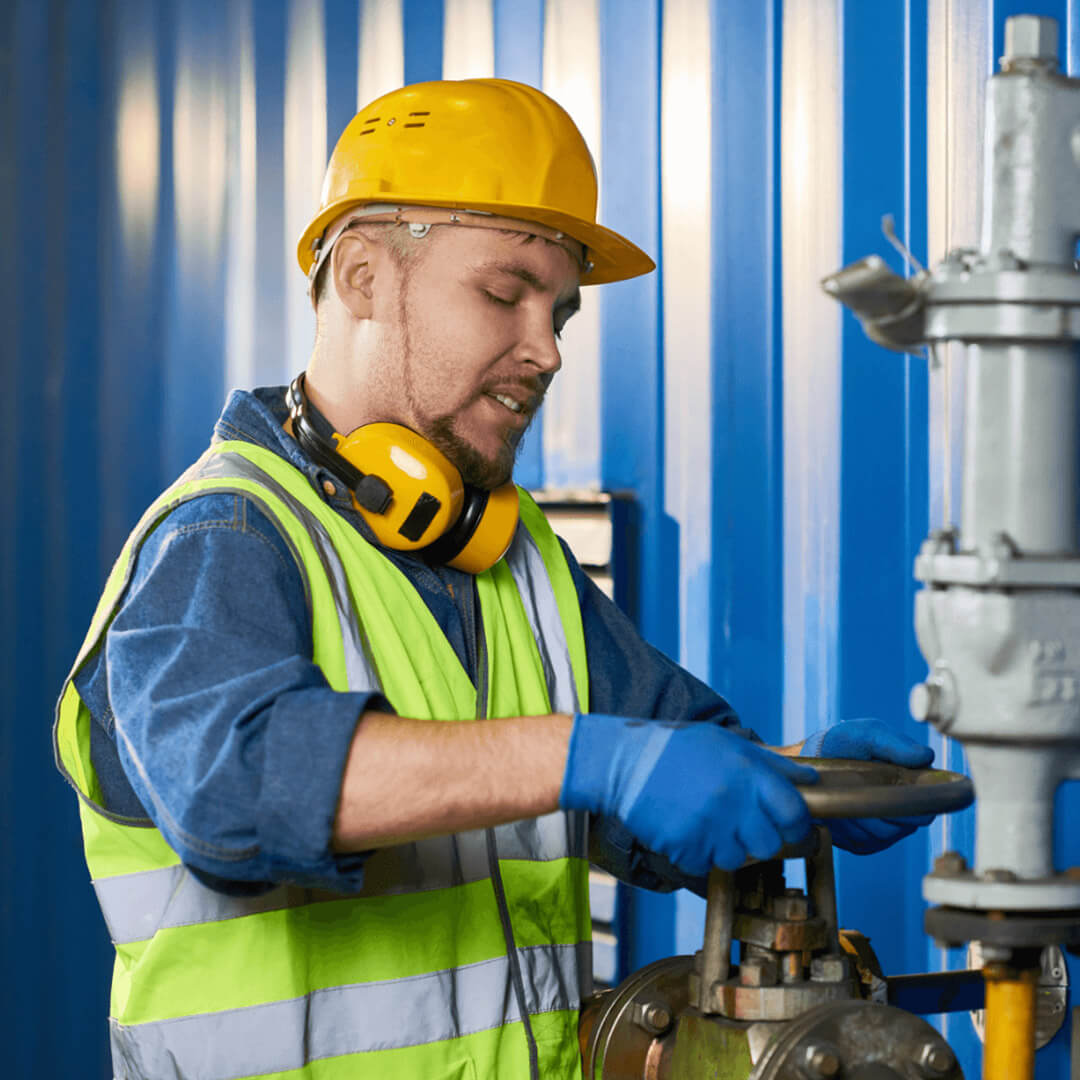
Plumbing Safety Tips: Protect Yourself While Working on Plumbing Projects
Plumbing work can involve working with hazardous materials and equipment, so it's important to take precautions to protect yourself from harm. Here are some plumbing safety tips:
-
Wear protective gear: When working on plumbing projects, wear protective gear such as gloves, safety glasses, and respirators to protect yourself from exposure to hazardous chemicals, dust, and debris.
-
Turn off the water and electricity: Before starting any plumbing work, turn off the water supply and the electricity to the area where you will be working. This will help prevent accidents and minimize the risk of electrocution.
-
Use tools properly: Use tools and equipment only for their intended purpose and handle them with care. Never force a tool or use it in a way that is not intended, as this can lead to injury.
-
Be mindful of hot water: Hot water can cause serious burns. Test the water temperature before using it, and be cautious when working near hot water pipes.
-
Ventilate the area: Many plumbing materials emit hazardous fumes, so make sure the area you are working in is well-ventilated. Open windows and doors, and use fans if necessary.
-
Use caution when handling chemicals: Many plumbing projects involve the use of chemicals such as drain cleaners or soldering flux. Follow the manufacturer's instructions carefully and wear protective gear when handling these substances.
-
Know when to call a professional: Some plumbing projects require specialized knowledge and equipment. If you are unsure about a plumbing project or do not have the necessary experience or equipment, it's best to call a professional plumber.
By following these plumbing safety tips, you can minimize the risk of injury or harm while working on plumbing projects.
